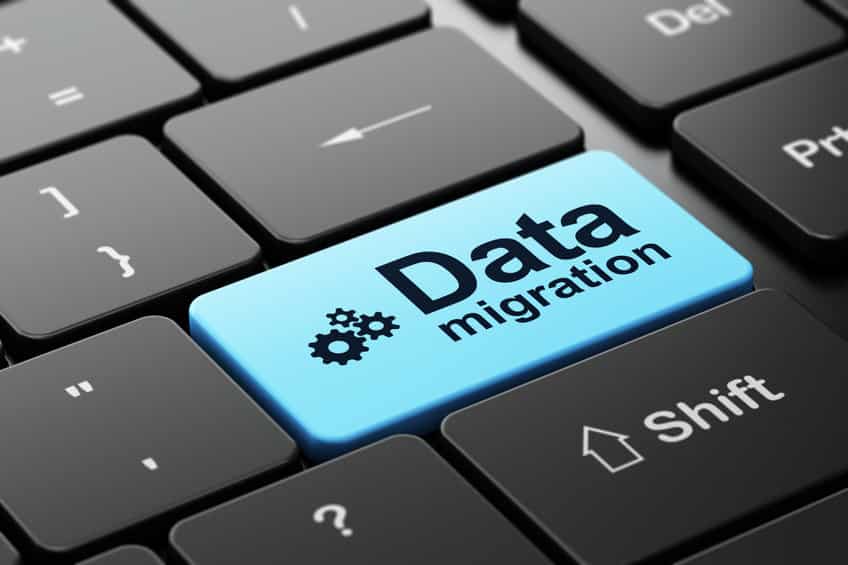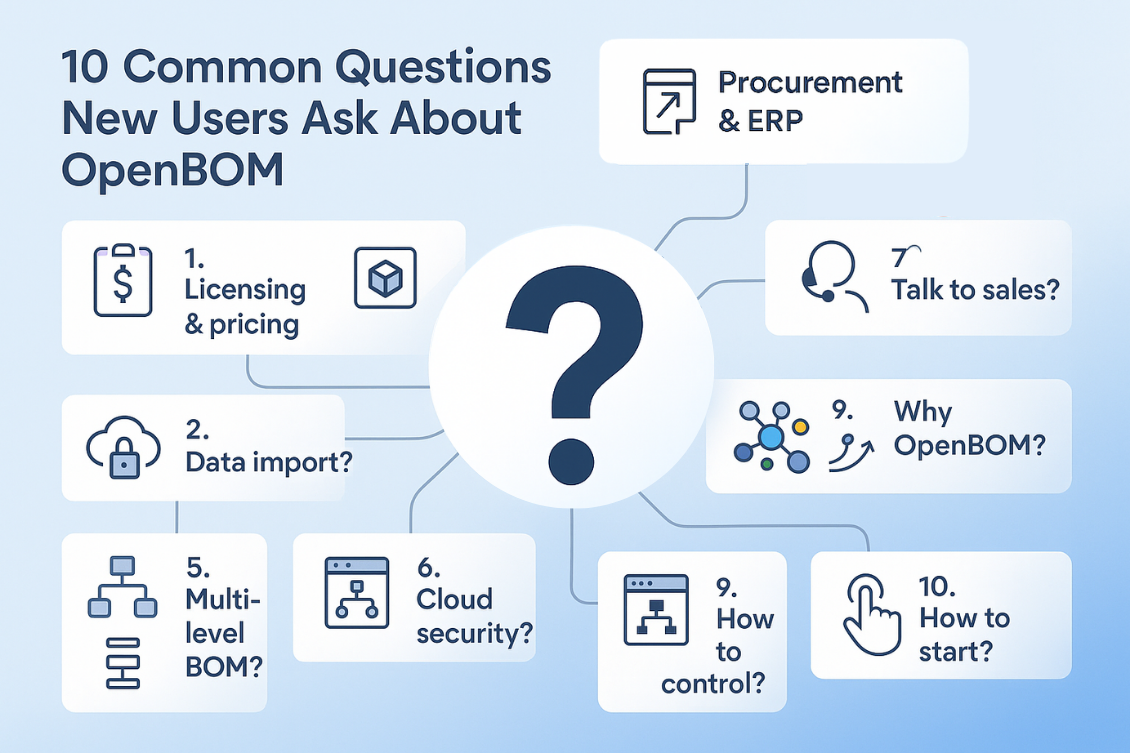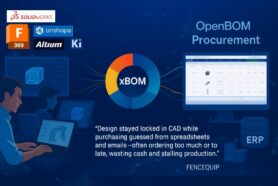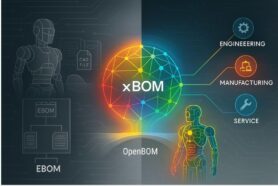
There are many benefits to using OpenBOM, a cloud-based platform. For one, it allows users to manage product information, its lifecycle, to connect with contractors and suppliers in a secure environment. Additionally, OpenBOM provides real-time updates so that everyone involved in the product lifecycle is always working with the most up-to-date information.
Legacy data import is usually a problem in most of the enterprise systems I’ve seen. Companies typically underestimate the time and projects effort related to legacy data imports and it can literally torpedo your implementation.
But what if you have legacy data that you need to import into OpenBOM? Don’t worry – there are a few ways to approach this process. In this blog post, we’ll walk you through three methods for importing legacy data into OpenBOM as well as the approach of handling data that should come to OpenBOM from the outside.
What is legacy data and why is it important to import it into OpenBOM?
Before starting your import data process, I recommend you take a deep breath and try to understand what legacy data you have, what all the data means, and what transformation you should do to bring main portions of the legacy databases to OpenBOM.
I’d like to identify the main 3 groups of legacy data that you typically have in your company: (1) product data, (2) transactional data, and (3) historical data. The first group defines the data that describe the product itself – it is item information and bill of materials (product structure). All together, Items and Bill of Materials describe the product your company is usually manufacturing. The transactional data is usually information that manufacturing companies are using to run their processes.
Think about work orders, RFQs, inventories, purchase orders, and many other transactions that the company is using for business operations. The third group of data is historical information about what the company did in the past. Such information can include BOM data revisions, change requests, and other historical information saved in a variety of forms such as spreadsheets, project databases, emails, supply chain communications, and many others.
It is absolutely important to define the priorities of managing these different data groups because they are not equal. Gathering all information about legacy data, analyzing and prioritizing your actions is the foundation of successful legacy data migration. My recommendation is to focus first on product data as a foundation of everything. Once you are done with that, focus on processes and transactions. Only after, you can focus on how to bring the history.
The 3 different ways you can approach importing legacy data into OpenBOM
Once we defined the data that needs to be imported, you can analyze what are the best tools available at OpenBOM to perform the data migration process. Picking the right tools is not less important than focusing on the right data. OpenBOM provides you with 3 main tools to bring data to OpenBOM:
- Import data from Excel spreadsheets or Google Spreadsheets
- Import data using CAD add-ins
- Import data using REST API
Each of these methods has its pros and cons. Let me comment on them.
A spreadsheet is the most universal mechanism to bring data in. If you have your data in Excel spreadsheets, the easiest way to bring the data to OpenBOM catalogs and BOMs is by using spreadsheet import. Before you do so, check your property definitions as well as different property type. Preparing properties and datacasting will help you to organize data in an optimal way and manage data access after the data is imported.
CAD Add-in gives you a universal and powerful way to bring CAD data such as files, metadata, and structures (BOMs). OpenBOM one-click BOM import allows the extraction of data and organization of catalogs based on the classification criteria defined in the CAD system.
Last, but not least is REST API. It is the most flexible, however, also the most time-consuming method to bring data to a new system. Use it wisely, but you can certainly optimize data model, data access, and the process of importing data to OpenBOM.
How to choose the best method for importing your legacy data
We are often being asked what is the best way to import data? No matter what approach you take, we always explain to our new customers that you should follow these three steps: 1/ Clean the mess; 2/ Manual Import data; 3/ Automation.
Clean the mess is super important. If you have a mess and you bring computers, you will end up with a computerized mess. You don’t want that. First, define the data, clean it, and align it with what you need, and only after importing it to the system. By doing so, you will eliminate many mistakes and messiness of the cleaned data already inside OpenBOM.
Manual import data is always the best way to start anything. When you perform a manual data import, you can understand what is happening with the system, what business process is triggered, and how data fits the process. Always test import manually before starting to automate.
Automation is important, but what is even more important is to establish a mechanism to control and validate the import. Setting up validation to be sure no automation process can import garbage to the system that you need to deal with later.
Conclusion
Importing legacy data is one of the most complicated processes during the implementation of enterprise software. You should allocate enough time and resources to perform the import data in the most optimal way, to clean the data, to decide what data to bring first and what to postpone. PLM Systems are managing very sensitive information and therefore importing data is the process that ultimately defines the quality of the digital thread and the quality of data transformation that your company will be going through.
Check out how OpenBOM can help – REGISTER FOR FREE and start your 14-day trial period to test all features of OpenBOM subscriptions.
Best, Oleg
Join our newsletter to receive a weekly portion of news, articles, and tips about OpenBOM and our community.









